The following case study documents the completion of a mini-piling job in Drogheda, Co. Louth. The works commenced on July 11th 2013 and were completed on the same day. For the purposes of this case study, some pictures used here are from various other jobs to best represent mini-piling setup.
Scope of the works:
A new two-storey terraced dwelling is being constructed in Drogheda town following the demolition of the pre-existing property. The new construct will be situated on soft sloping ground. Current existing properties adjacent to the new dwelling display failures as a result of sinking. To tackle the problem, the works consisted of the installation of five 7m deep mini-piles at elected areas to offer greater foundation support to the new dwelling.
Methodology:
Mini-piling is utilised for the creation of foundations by driving a steel casing into the ground to a certain depth. The piles are driven using an internal hammer drop. Once driven, the casing is then filled with concrete and reinforcement to tie to the floor. Mini-piles can also be augured. Mini-piling is particularly useful in areas of variable ground conditions, restrictive access or where structural movements in service must be minimal. It is a low noise, low vibration technique in comparison to more conventional driven techniques.
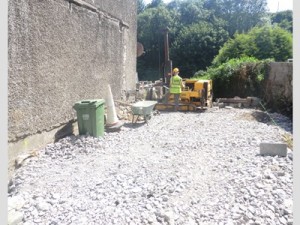
Figure 1 shows that vacant lot and mini-pile rigging. The ground slopes steeply just beyond the rig setup.
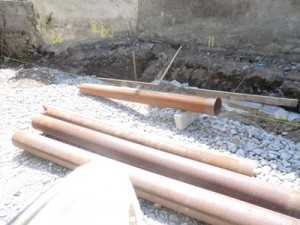
Figure 2 shows the three meter piles being used for the job. The lead pile has a crimped closed end that is lined with dry cement before hammering begins.
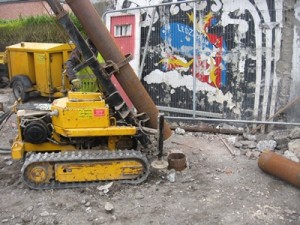
Figure 3 shows the lead pile after it has been driven to acquired depth. The second 3m pile is picked up by rig and carefully placed into the collar or the lead pile.
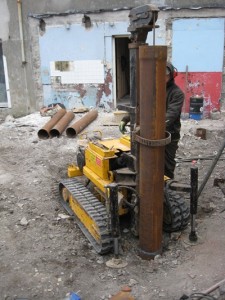
Figure 4 – Hammering of pile in operation. When the internal hammer is in position within the steel casing, the internal hammer is repeatedly dropped forcing the pile into the ground.
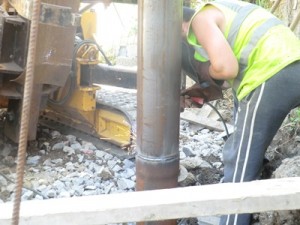
Figure 5 – Once the second and lead piles have been connected and all levels have been achieved, the piles are then welded together.
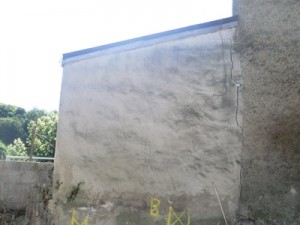
Figure 6 documents the failure modes of the surrounding dwellings. The installed piles will avoid cracking due to sinking in the new construct.

